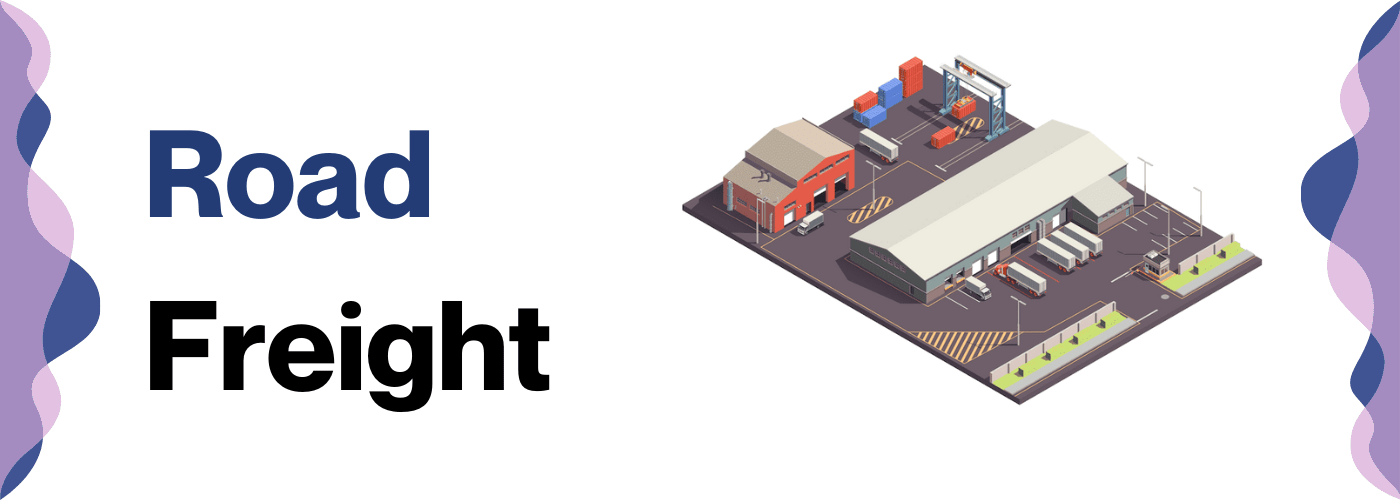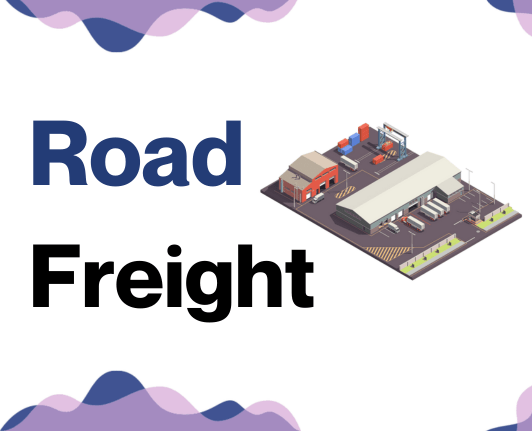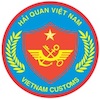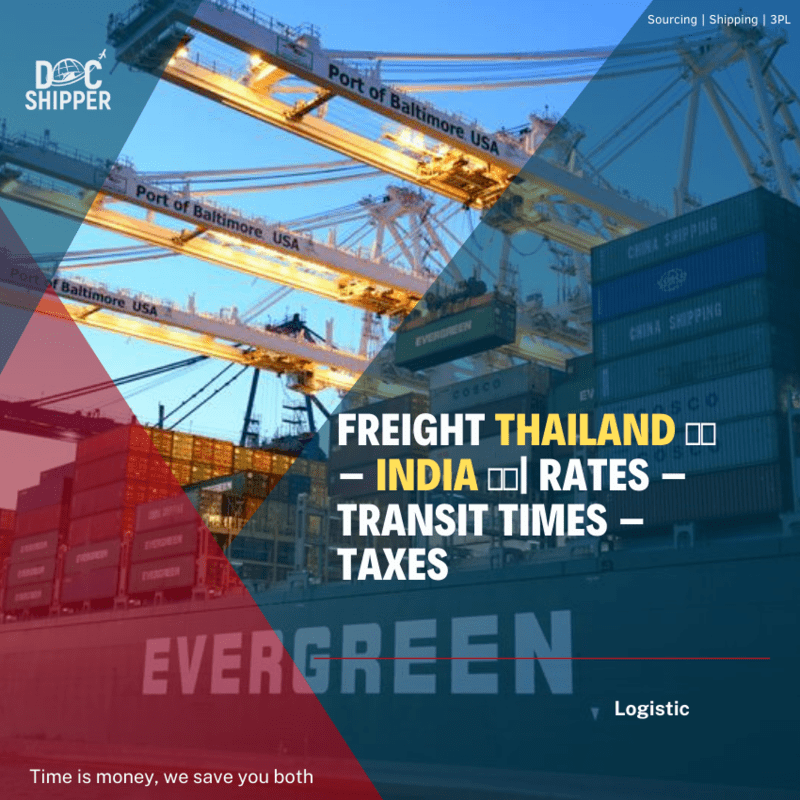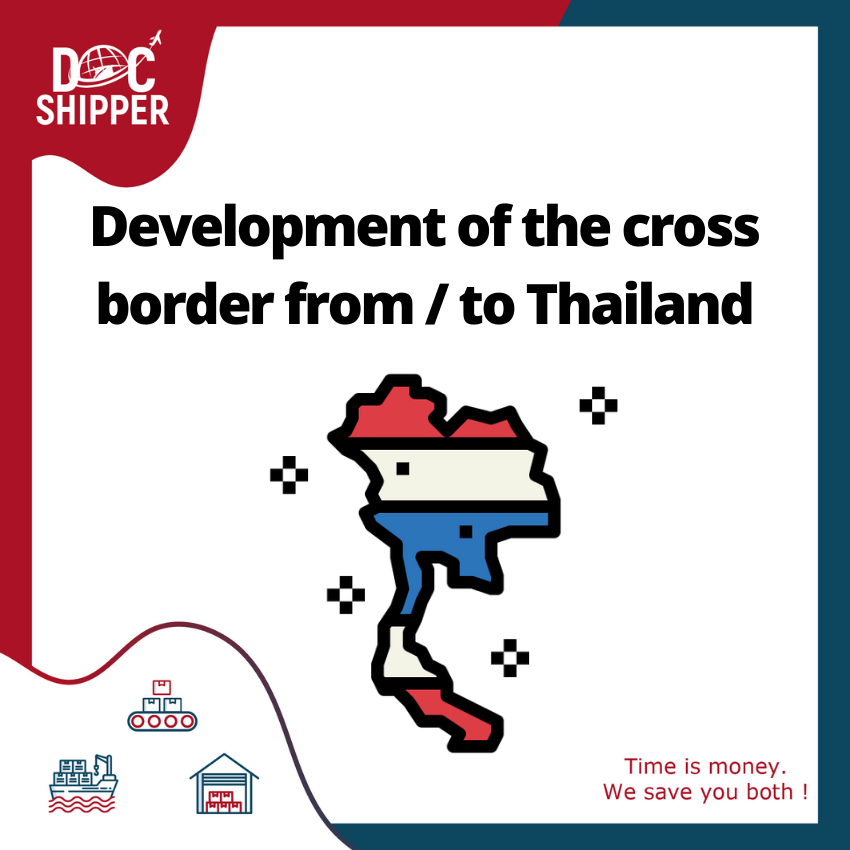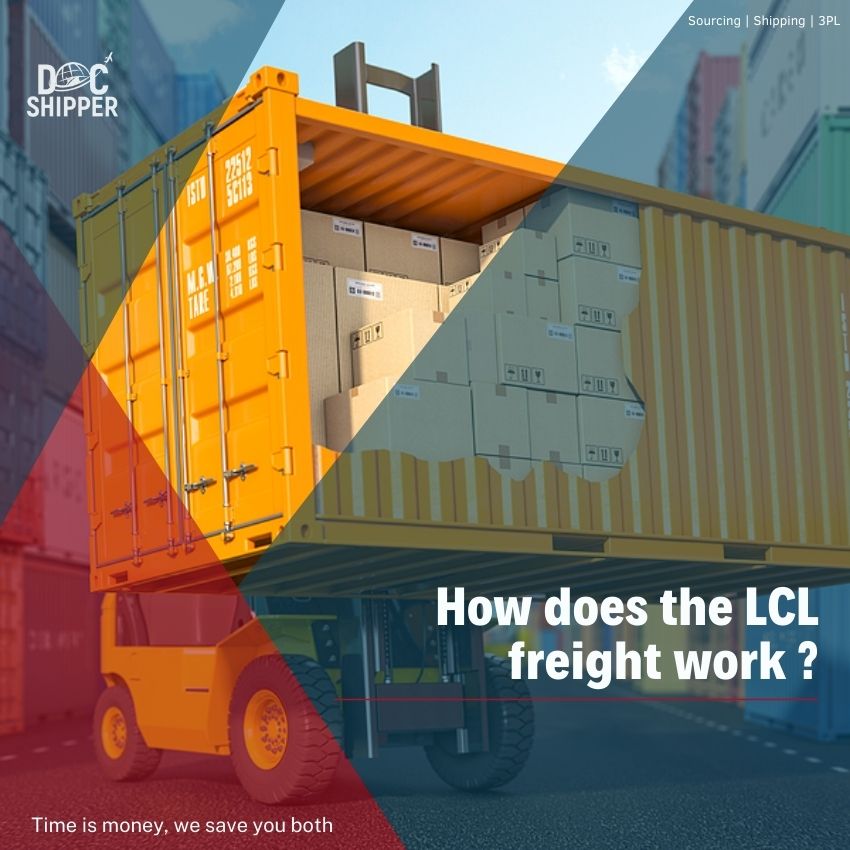Main shipping ports in Vietnam
Port of Hai Phong:
Location and Volume: Located in Northern Vietnam, by the eastern coastline, the Port of Hai Phong plays an integral role in the connection between Northern Vietnam and the rest of the world. With a shipping volume of over 4 million TEUs, it is the second busiest port in the country.
Key Trading Partners and Strategic Importance: Notable trading partners include the United States, China, Japan, and South Korea. Its strategic location near the Red River Delta makes it a prime choice for businesses seeking access to the bustling region.
Context for Businesses: Given its connectivity to major roads, railways and airports in Northern Vietnam and its regular schedules to major international ports, the Port of Hai Phong could be key in your expansion efforts in ASEAN and beyond.
Port of Da Nang:
Location and Volume: Situated in the middle of Vietnam's coastline, the Port of Da Nang is a critical transit point and gateway for the Central and West Highlands. It facilitates a shipping volume of over 700,000 TEUs annually, making it Vietnam's third largest port.
Key Trading Partners and Strategic Importance: Da Nang primarily handles exports to the United States, China, Singapore, and Japan. Its importance stems from serving as a central trade corridor for the Central Vietnam Economic Zone.
Context for Businesses: If you're after a reliable transit point for trade in Central Vietnam and the West Highlands, the multifunctional Port of Da Nang, with its modern infrastructure and facilities, could be an excellent fit for your logistics strategy.
Port of Ho Chi Minh City:
Location and Volume: Highly significant as Vietnam's largest city, the Port of Ho Chi Minh City is located in the south of the country and manages a staggering shipping volume of approximately 6 million TEUs.
Key Trading Partners and Strategic Importance: The port's trading partners are widespread, with connections across the globe, particularly USA, China and Japan. Its strategic importance lies in its ability to handle high volume, diverse cargo types, and its location, serving the economic hub of Vietnam.
Context for Businesses: If your business requires a versatile and high-capacity shipping hub in Southern Vietnam, consider the Port of Ho Chi Minh City as a cornerstone for your shipping strategy. Its high connectivity to international partners ensures a degree of flexibility and reliability in your trade operations.
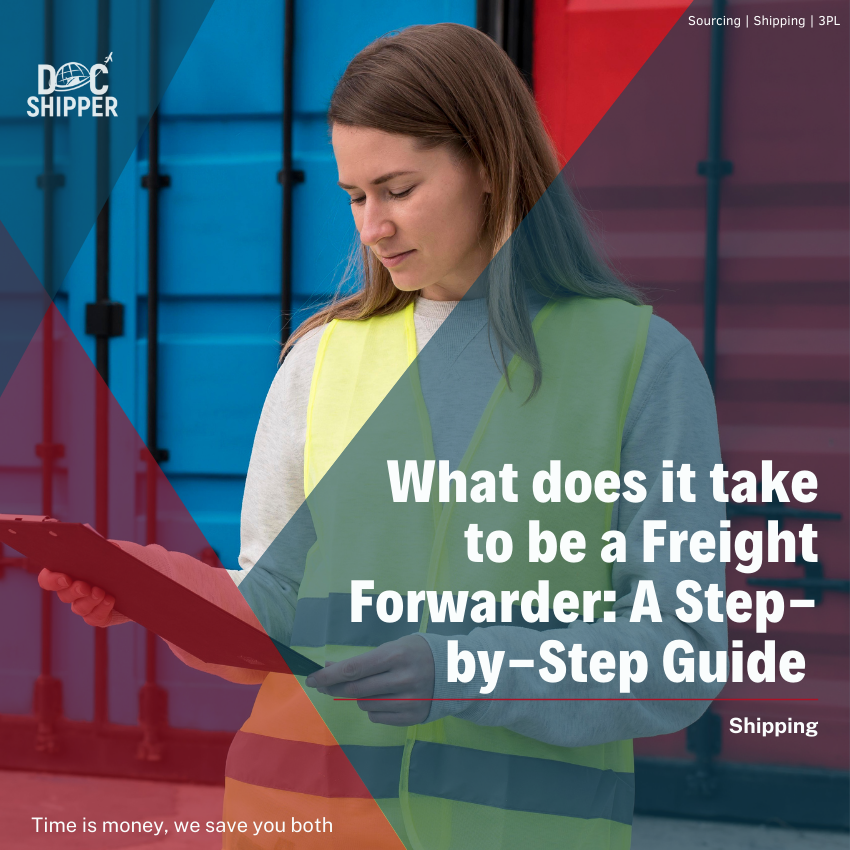

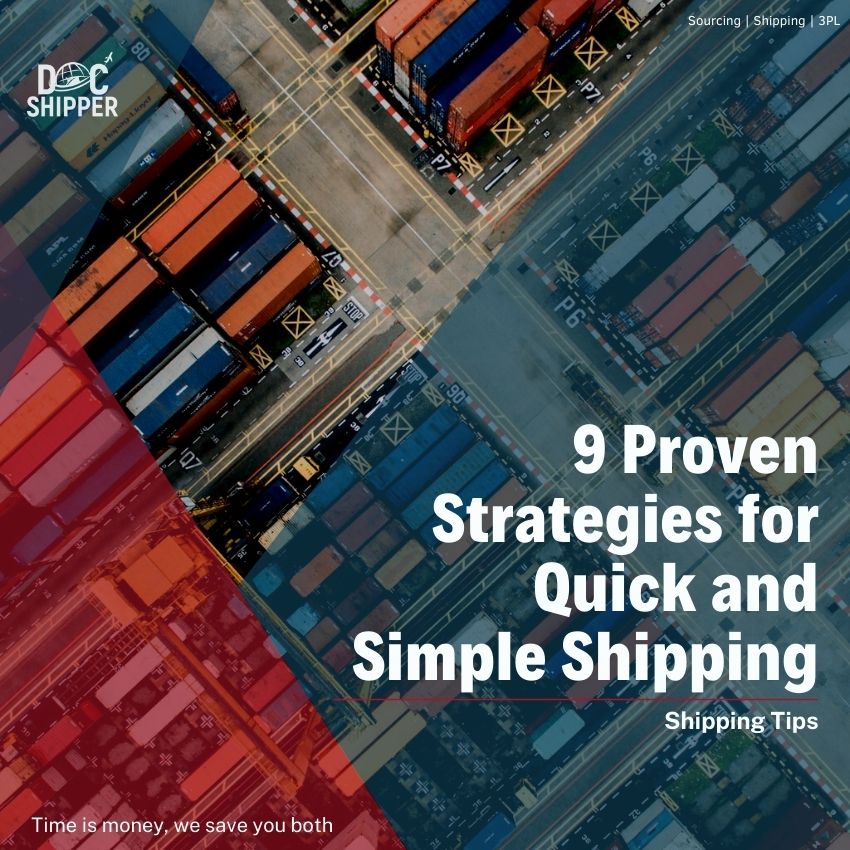
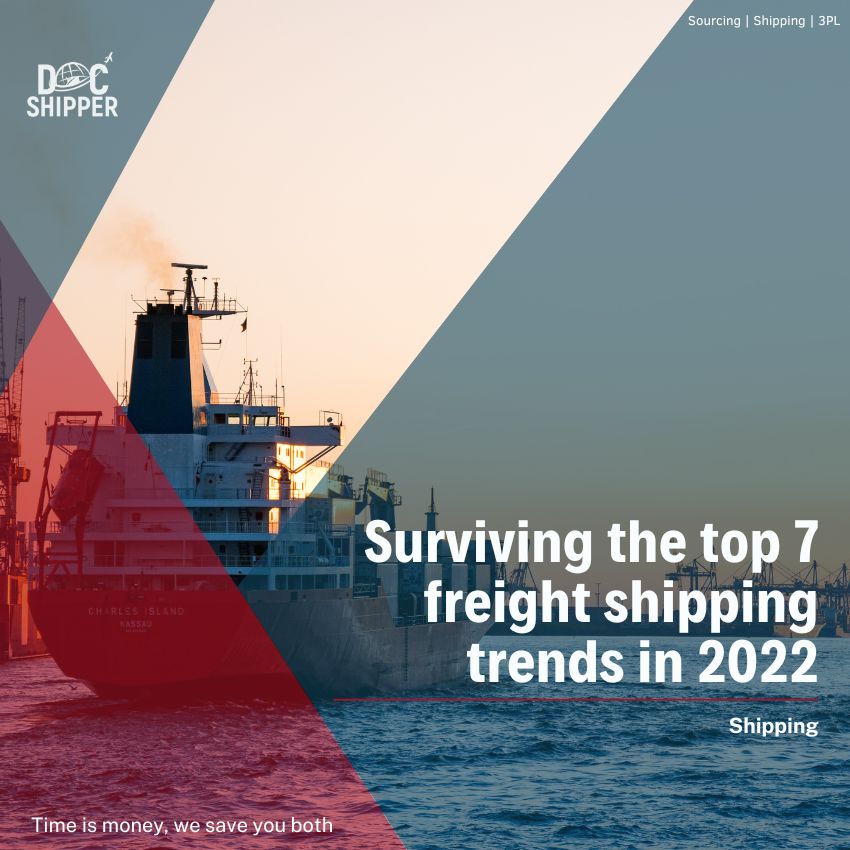
![What is HS code [The ultimate guide]](https://siam-shipping.com/wp-content/uploads/2021/07/What-is-HS-code-The-ultimate-guide.jpg)








